Control Joints, Expansion Joints and Cold Joints in Concrete
Home » Structural » Concrete slab »
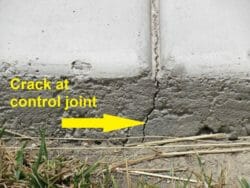
Without the proper type of joints in concrete, it may crack in an unsightly or random manner, causing damage and in a few instances result in trip hazards.
There are basically 3 types of joints:
- Control Joints
- Expansion Joints
- Cold Joints
1. Control joints
Concrete contractors will often say, “There are two types of concrete; concrete that is cracked and concrete that is going to crack.” Since it is a given that most concrete will crack, contractors like to control where it is going to crack; this reduces random cracking. They do so by putting in control joints, sometimes referred to as contraction joints.
Control joints are commonly found in concrete:
- Garage floors
- Driveways
- Sidewalks
- Patios
- Basement floors
- House slabs
When concrete is first placed, it will shrink slightly in the curing or hardening process. A 20 foot square of newly placed concrete will shrink about an 1/8 to a quarter of an inch in the curing process. This shrinking creates stress in the new concrete and cracks develop. These cracks are called shrinkage cracks.
Rather than let these cracks appear just anywhere, for they look ugly, the contractors will weaken a slab in various places. By weakening a slab, it will tend to crack in the weakest areas, which will be where it is the thinnest. They accomplish this in basically three ways.
When and how are control joints placed
Control joints are generally placed into the concrete during the finishing process or within 24 hours of being poured.
- Saw cutting the slab in a pattern (usually just after the concrete has hardened a little)
- Putting in plastic control joints by hand as they’re pouring the concrete
- Using a hand jointer tool to groove in the joints during the finishing process
Depth of control joint is important
If a control joint is too shallow, then it will not weaken the concrete sufficiently for it to crack where the control joint was placed. It will often occur near the weakened area or in some other area where it was not desired. (photo shows a control joint that was not cut deep enough, so concrete cracked randomly)
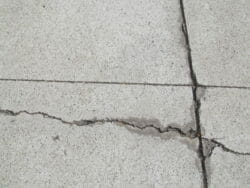
A basic rule to follow when judging how deep a control joint should be is that it should be roughly 1/4 the depth of the concrete. If a concrete slab is 4 inches thick, the depth of the control joint should be 1 inch. Much of the time, the depth that finishers install control joints is less than what is normally recommended.
Shape / Location of control joints
Control joints in concrete slabs, which are poured on grade (on top of the ground), are placed so that the concrete is in a square or rectangle pattern or shape. When in a rectangle shape, the rectangle ratio seldom exceeds a length to width ratio of 1.5 to 1.
The distance between joints is usually between 10 to 15 feet maximum, however, there are times it may be less or more depending on circumstances. They’re a number of contractors that use a rule of thumb to place joints: it’s to place the joints between 24 to 30 times the thickness of the slab. Other factors that may determine the spacing is the reinforcement of the concrete and the engineers’ recommendations.
2. Expansion joints
Expansion joints allows for movement without damage to the concrete
Temperature changes
Concrete, like many other materials, expands when heated and shrinks when cooled. A concrete driveway may experience temperature differentials from 20 degrees below zero to above 100 degrees in hot summers. A 100 foot long driveway will expand 5/8 to 3/4 inch with a temperature difference of a hundred degrees.
Soil movement
When soils shift, settle or heaves upward due to soil issues and movement, then areas of concrete sitting on the soils will likewise move.
If two pieces of concrete are against each other and one moves or shifts, then the corner or edge of the concrete may spall or break off. Basically if you have two hard and brittle pieces of material and they rub against one another with force, the edge may crack or come loose. Too prevent the two hard pieces of concrete from directly rubbing against one another; the contractor puts a softer piece of material between the two to prevent direct contact.
This is why contractors will put an expansion joint between the driveway and garage floor. It helps prevent the concrete from cracking or spalling. Not all contractors do this, but it is a good construction practice to do so. Note that if there is not an expansion joint and the concrete cracks off some at the joint, that it is not necessarily a sign that the concrete is weak or defective.
Swimming pool concrete decks
Homes that have a concrete deck against a swimming pools’ copping or bond beam areas may incur a cracked pool body or damaged copping for lack of an expansion joint. Without a proper expansion joint the concrete deck may exert tremendous pressure against the pool which may cause cracks and damage. (Learn about pool deck issues and damaging pools)
3. Cold joints
Buyers will often confuse a concrete cold joint with a crack and become alarmed un-necessarily
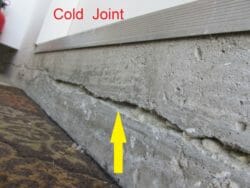
Cold joints look like cracks at times, but they occur when a contractor pours concrete in a form to a certain height or point and then stops. Then the poured concrete sets up and becomes hard. Later, perhaps a day, a week or a month later, the contractor pours more concrete on top of or next to the previously poured concrete.
After the second pour sets up and becomes hard, you can see a line which looks like a crack between the two pours. This is called a cold joint and it is a common construction practice intentionally done. It is not an indication of a problem or defective concrete.
Bottom Line
If there are not proper control joints placed in a concrete slab, the concrete will often crack randomly, creating and unattractive look and may cause a buyer to be concerned that structural issues exist. Additionally, there are usually a number of places where you may want to keep cracks sealed to prevent water from migrating through the cracks and creating other problems; its much easier to seal a control joint than it is to seal random cracks.
When there are not proper expansion joints, concrete sections that are against other concrete sections may become damaged. Having expansions joints allows concrete to shift a little because of soil movement or temperature changes without damage.
Buyers and homeowners often misjudge a cold joint as a crack, for it does look like a crack to the untrained eye. However, cold joints are normal in construction and generally are nothing to worry about.
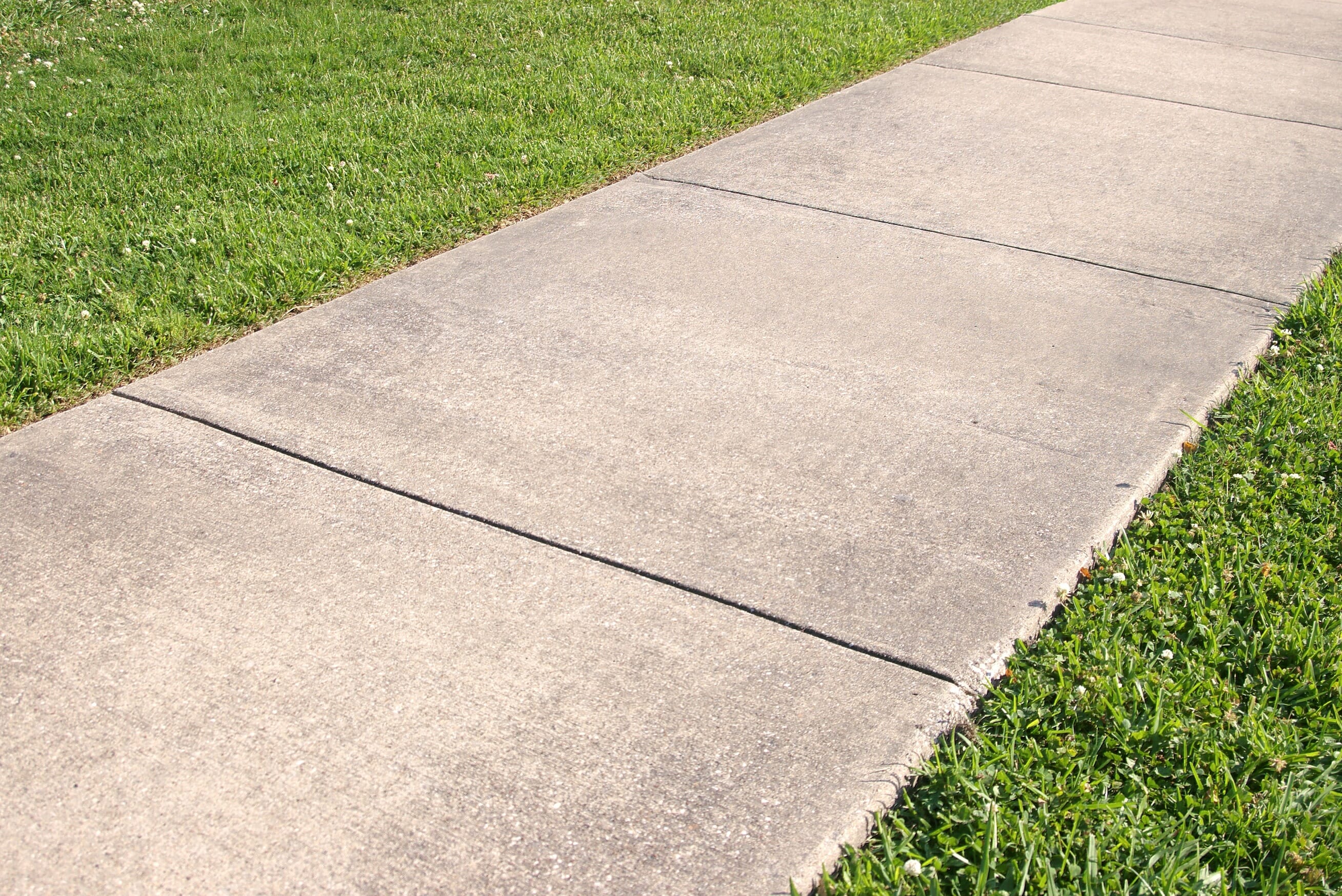
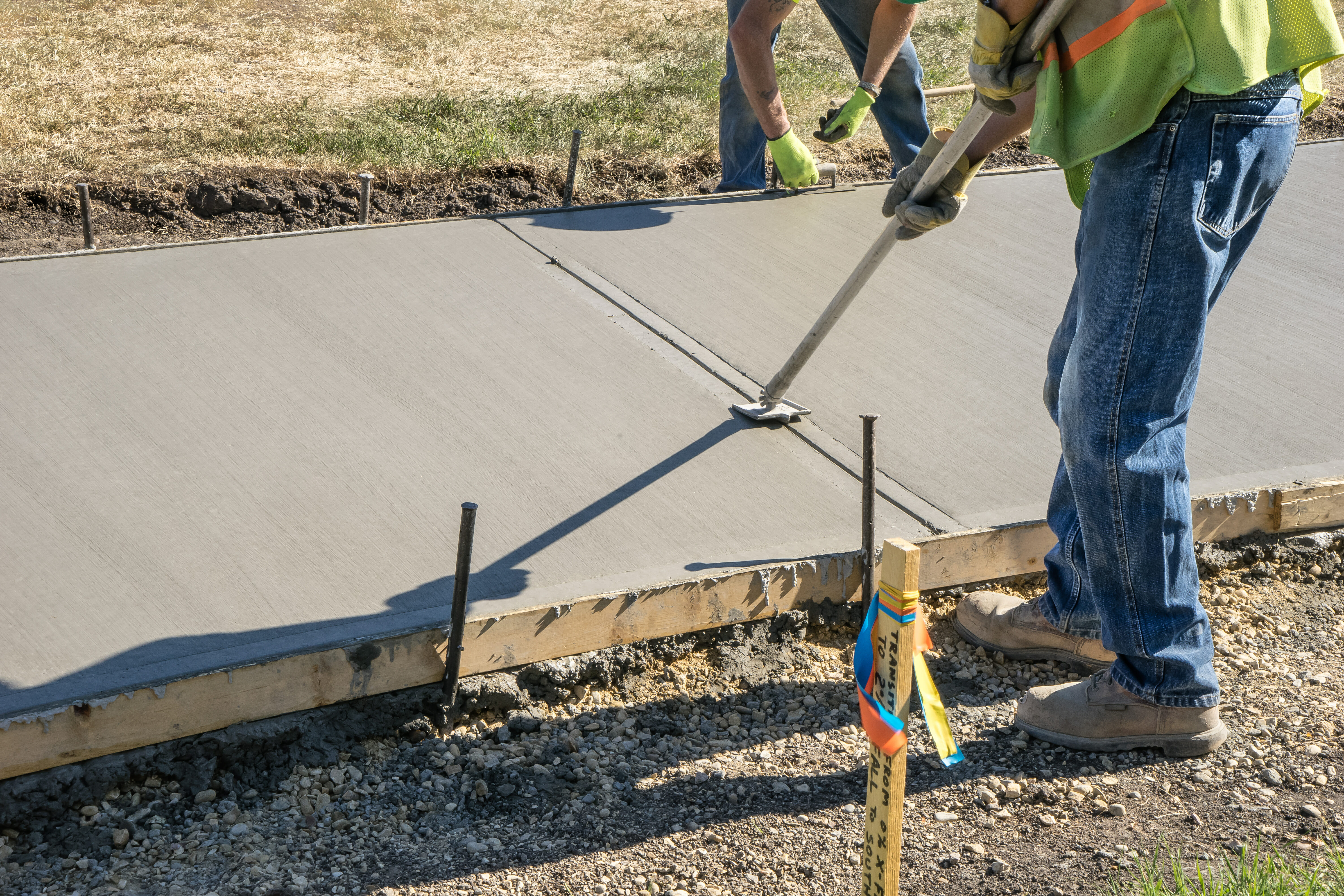
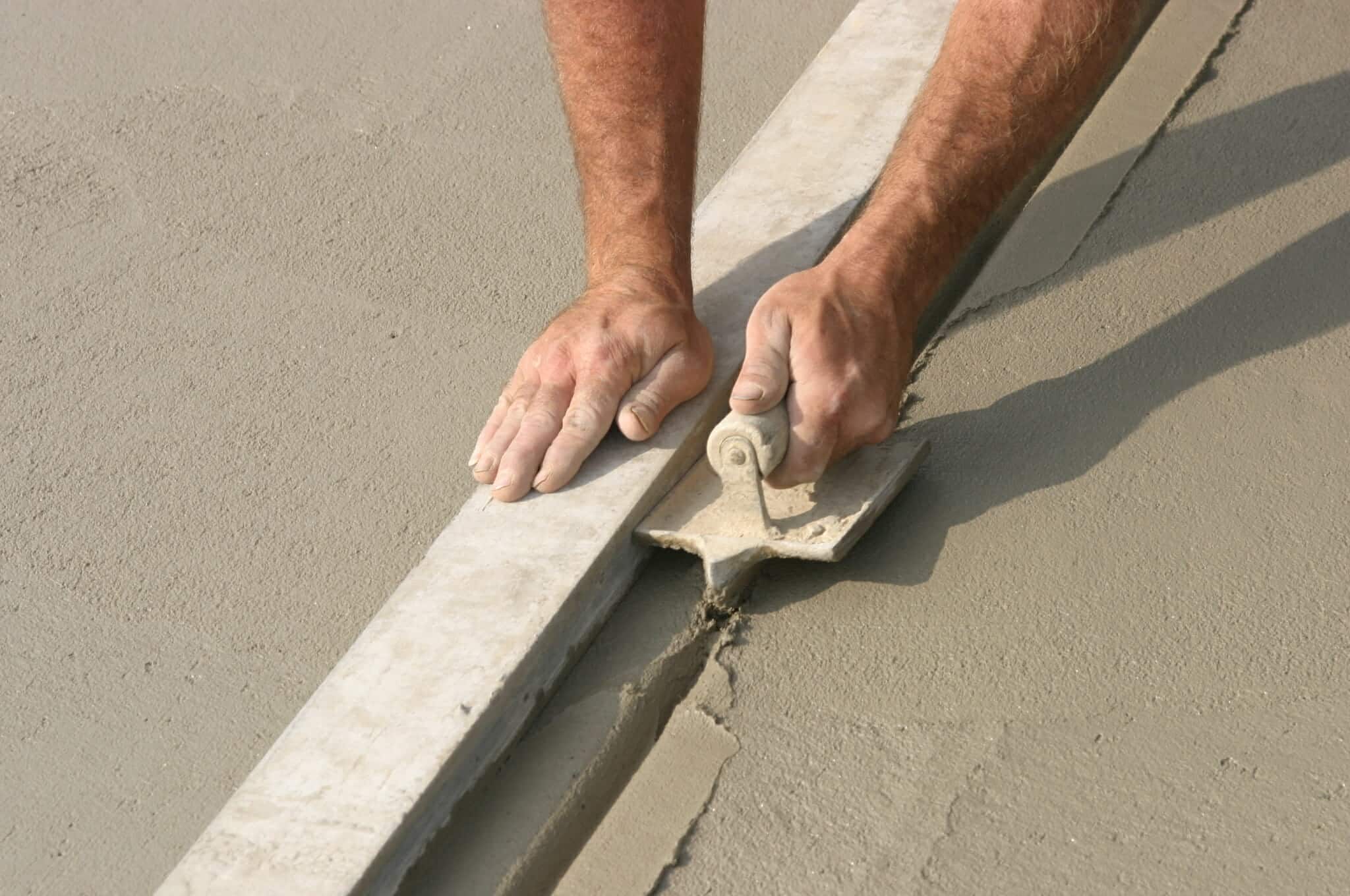
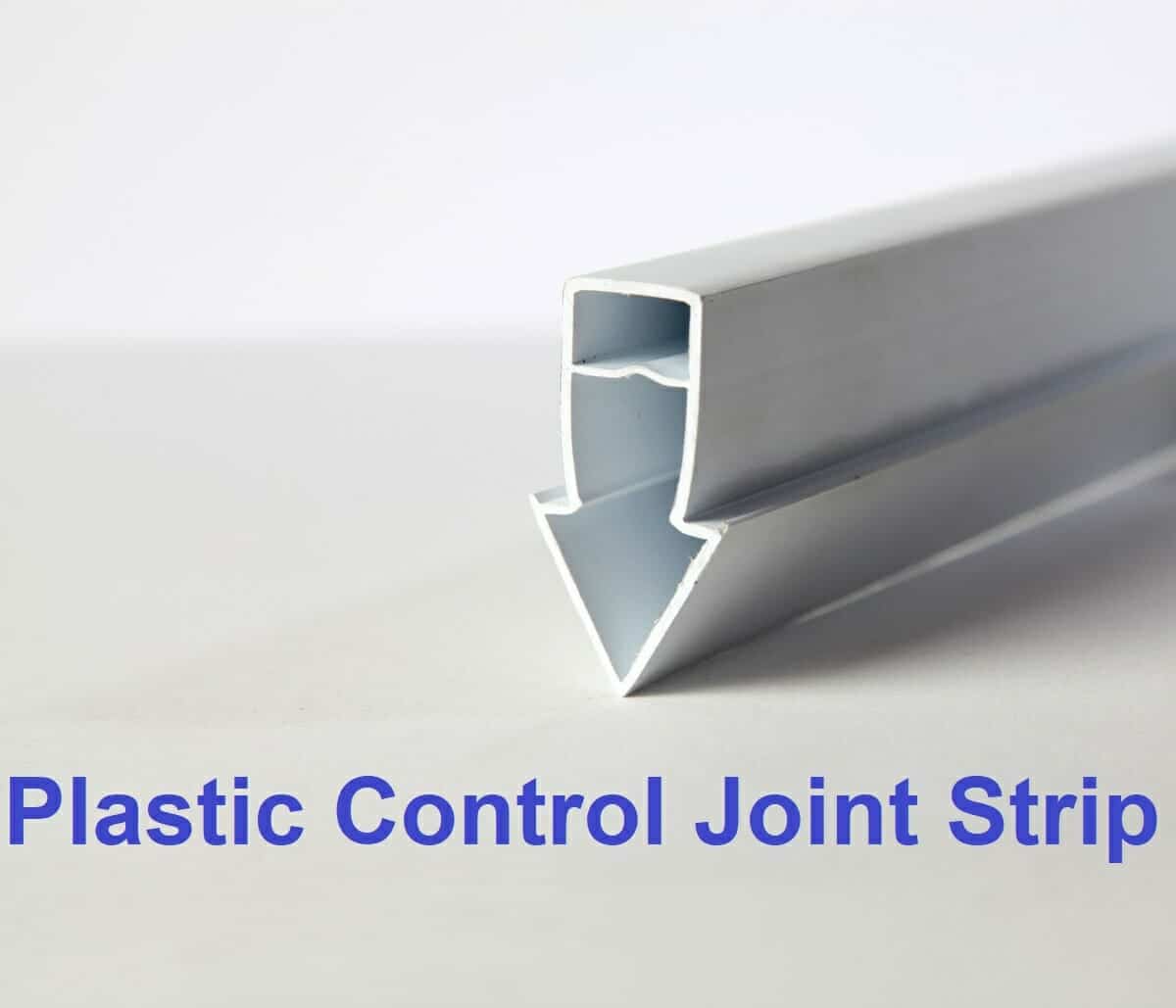
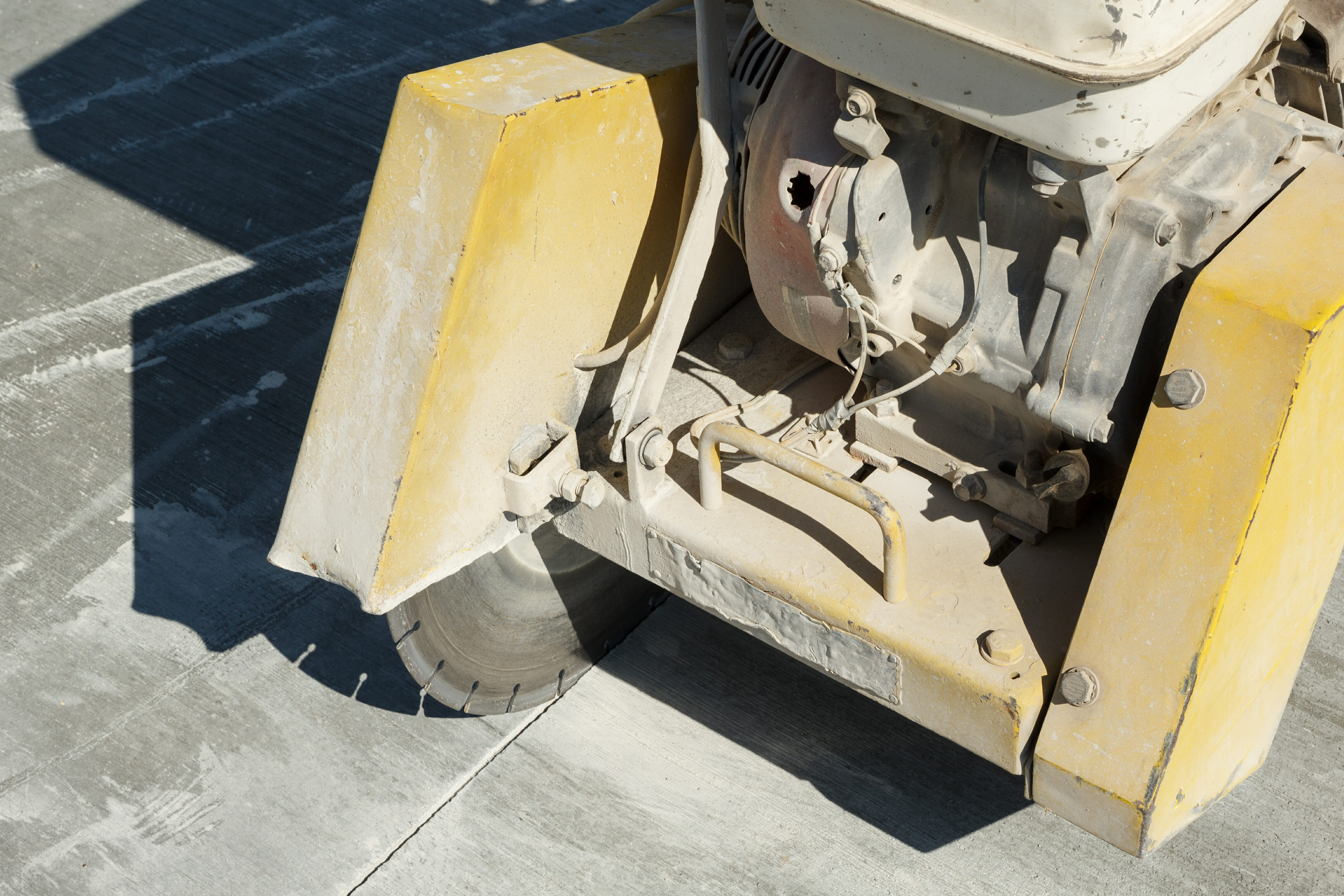
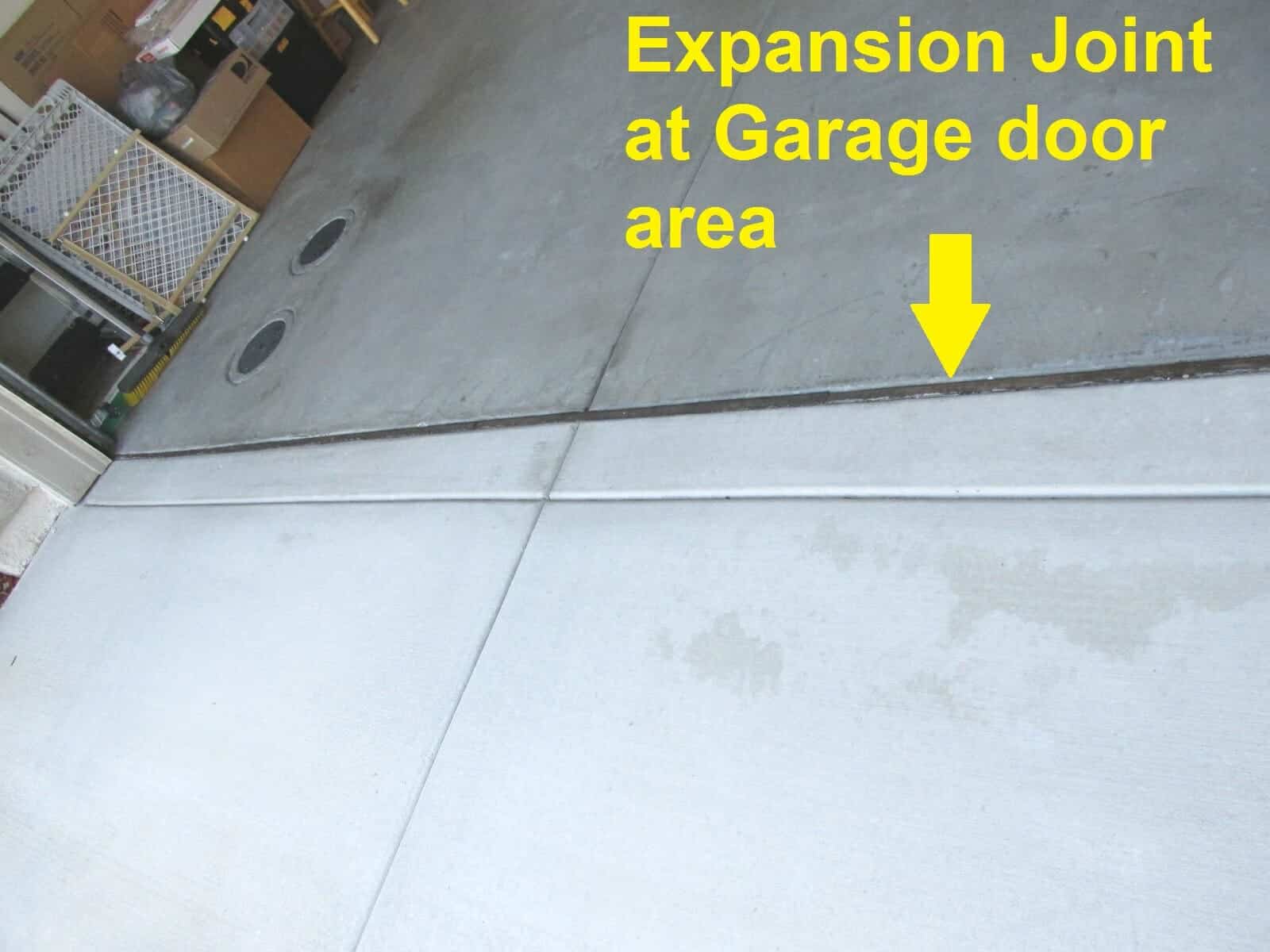
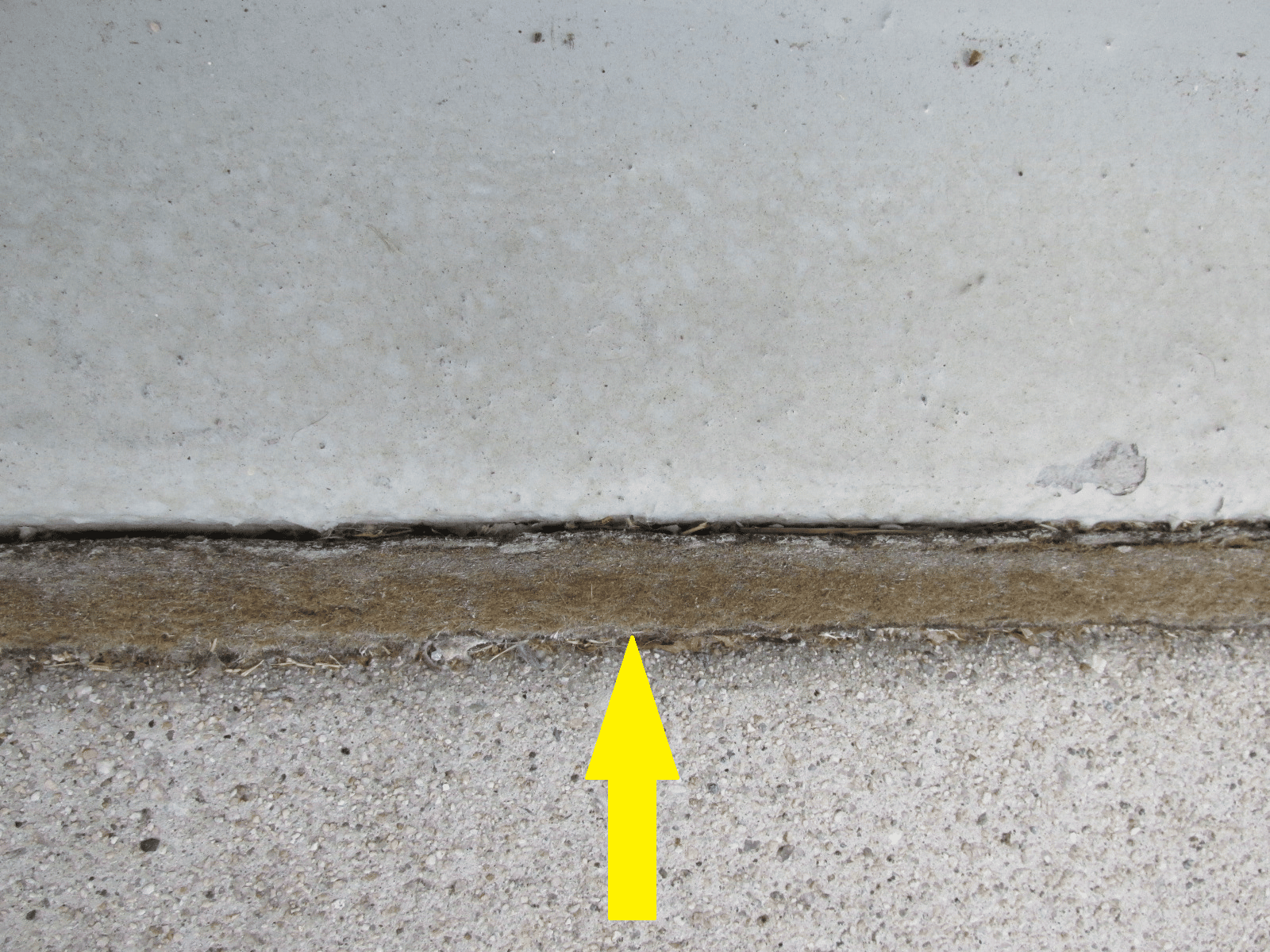
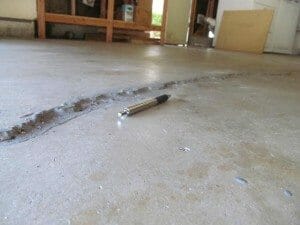
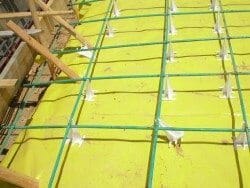
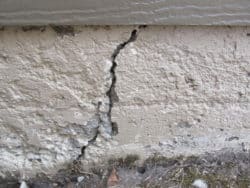
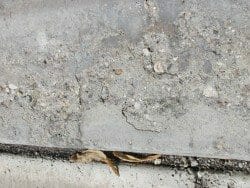


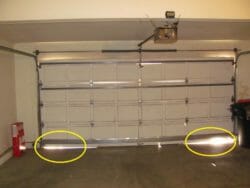

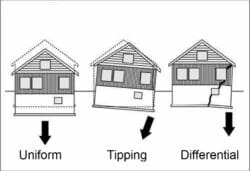

How far apart do I need expansion joints on a 23×32